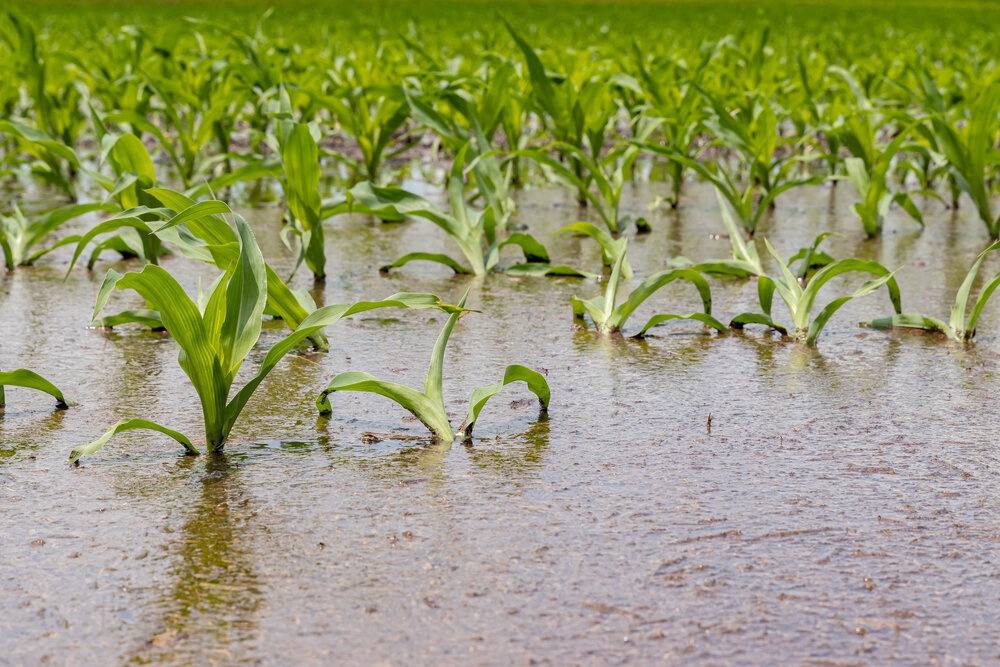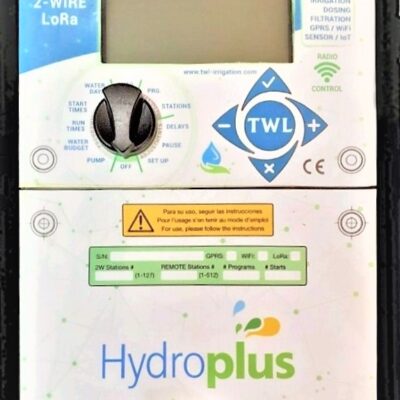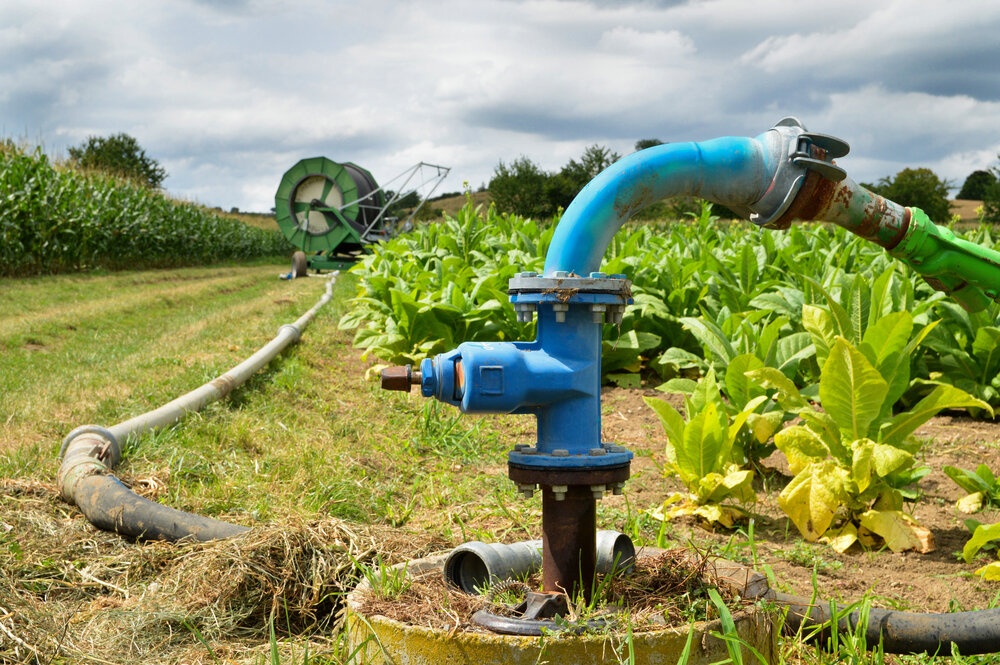Getting the amount of irrigation that farmers and gardeners give their crops and plants right is crucial. Not enough, and plant growth and health will be adversely affected. In worst-case scenarios, it can kill plants.
But over-irrigation has its problems too, both in terms of plant health and the condition of the soil. It is the latter that we concentrate on in this article, and as well as discussing the damage it can do. We will also be looking at the ways that over-irrigation can be prevented.
Part of the thrust of this article is on farming, but it also makes interesting reading for gardeners too, as some of the phenomena we discuss affect them too.
The Consequences of Over Irrigating
Over irrigation causes a number of problems. They include:
- Increased salinity
- Increasing weed pressure
- Lowering plant yield
- Increased pumping costs
- Greater water loss
- Loss of nitrogen
- Introduction of plant diseases, such as phytophthora crown and root rot
We will discard things like increased pumping costs and greater water loss, as these are not soil damaging issues. Increased salinity and loss of nitrogen and other nutrients are and they will be our main focus.
The Problem of Increasing Soil Salinization
One of the most damaging effects of over-irrigating is increasing the amount of salinity in the soil. Most plants don't fare well if the soil is too salty. But how does it happen?
The Causes of Salinisation
An accumulation of salt in soil can come about through various natural processes like physical or chemical weathering.
The first type of weathering – physical (sometimes also referred to as mechanical) occurs when rock gets broken due to natural forces or conditions such as ice, plant growth, rapid cooling or heating, and running water.
Chemical weathering comes about when the interactions between rock and other substances makes the rock dissolve causing bits of it to fall away.
Salinisation can also be caused by the ingredients of rock, like carbonate materials or feldspars, which make up open 50% of the world's crust. Another cause is when the sea level rises, producing seepage into areas that lie below sea level.
Rising Water-Tables
When the water table in some areas rises because of increased rates of leakage or groundwater recharge, it may introduce salt into the plant root zone, which affects both the growth of the plant and the structure of the soil. The salt then remains behind in the soil after the water is absorbed by the plants or lost through evaporation.
Poor Drainage
Another consideration when determining the damage that salinisation can cause is the type of soil, especially soil that doesn’t have good drainage. It may result in excess or insufficient oxygen conditions. Also, if plants or crops are waterlogged, the uptake of nutrients and water is diminished to the extent that if waterlogging continues for more than two days in the middle of the growing season, it can result in the killing-off of plant roots.

The Signs of Excess Soil Salinisation
You can easily spot the signs of excess soil salinisation by checking the speed of water infiltration and the state of the plants.
In cases of severe salinisation, the signs become more obvious. For example, you will be able to see a slight whitening of the soil surface brought about by distinct salt crystals.
Preventing the Damage Caused by Over Irrigation
The obvious answer to preventing damage caused by over-irrigation is to reduce the amount of irrigation applied. In some circumstances, however, this may not be as easy as it sounds, particularly in poorer regions, where, due to lack of capital, growers are forced to practice flood or surface irrigation.
Where capital is not a problem, farmers, gardeners and growers can turn to smart irrigation technology. More about this later.
Methods of Remediation for Over Salinization
There are various methods that can be used to remedy soil adversely affected by excess salt.
Deep Tilling
Deep tilling is one way of helping to improve soil drainage. It can help soils like those compacted with clay or rocks that stop the downward flow of water. However, deep Tilling is normally a temporary method because areas of the soil are likely to harden and reseal if the source of salinisation is not addressed.
Flushing the Soil to Prevent Evaporation
You can flush affected soil by using low-salt water to irrigate and wash away the salt from below the root zone. Unfortunately, this process is only successful with soils that have good drainage.
Testing the soil will help you to determine how much water you need to use, and you will need to retest the soil once you've completed flushing to ensure it has worked.
When salty water evaporates from a dry soil surface, it leaves a salt residue. In order to help to prevent evaporation, you should add a layer of mulch which will help the soil to retain its moisture.
If you’re a home gardener, you can buy a soil salinity meter to measure the amount of salt in your soil.
Using Chemicals
Adding calcium, lime or sulphur to salty soils can help to remove or replace the sodium. You can determine if this is necessary by carrying out a soil test.
Determining Nutrient Loss
Constant over-irrigation will result in your soil losing nutrients through leaching. You can determine the nutrient status of your soil by using one of the many types of test kits available.
You can buy a soil test kit via the rhsplants.co.uk website for only £25.99. This kit contains everything you need for testing both the pH and the nutrient content of your soil. It contains sufficient materials for around 40 tests.
Turn to Smart Irrigation
The agricultural industry is benefiting by adopting smart irrigation technology. Drip and sprinkler irrigation is now being employed to protect fields and conserve water all over the world, as reported by the pipeline.com website.
For the home gardener, turning to smart irrigation will not only save water, but it allows you to set up the optimal irrigation for all of your plants. Smart controllers allow you to program six different areas according to their individual needs.
Overwatering can be as harmful as underwatering. Using smart irrigation technology, both for agricultural and domestic use, is undoubtedly the way forward.


